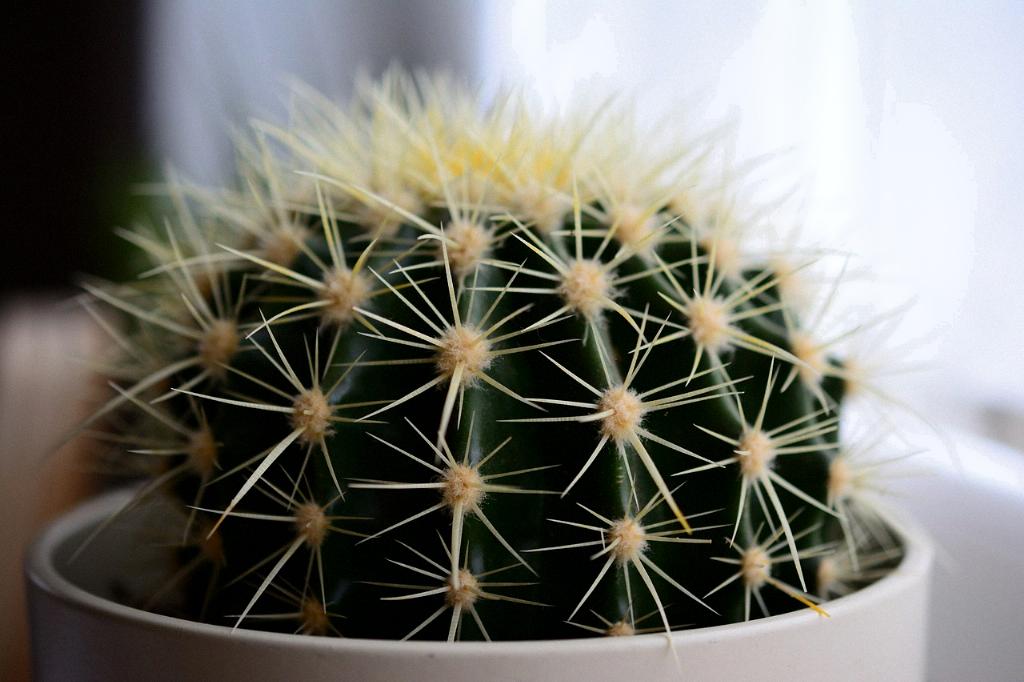When it comes to caring for your cactus plants, the frequency of watering is a critical factor in their overall health and well-being. It is essential to understand the specific watering needs of cacti to prevent overwatering, which can lead to root rot and other issues.
One of the most crucial factors to consider when determining how often to water your cactus is the dryness of the potting soil. Ideally, cacti should be watered only when the potting soil is at least 90% dry. This means that you should wait until the soil has almost completely dried out before watering your cactus again.
During the warmer months of spring and summer, when temperatures are higher and the soil dries out more quickly, you may need to water your cactus approximately every 10 days. Keep an eye on the soil moisture level by inserting your finger into the soil to gauge if it is dry enough for watering.
On the other hand, in the cooler and drier winter months, cacti enter a period of dormancy and require less frequent watering. During winter, you should aim to water your cactus roughly every 4 weeks to prevent overhydration and promote healthy growth.
Another essential consideration when determining the watering frequency for your cactus is the type of cactus you are caring for. Different species of cacti have varying water requirements based on their natural habitat and growing conditions. Research the specific needs of your cactus species to provide tailored care.
Overwatering is one of the most common mistakes made in cactus care, as cacti are adapted to survive in arid environments with limited water availability. Too much water can lead to root rot, a condition that can quickly become fatal to your cactus if left untreated.
When watering your cactus, it is crucial to use well-draining soil that allows excess water to escape easily. Avoid using pots without drainage holes or heavy, moisture-retentive soil mixes that can trap water around the roots, increasing the risk of rot.
Additionally, consider the environmental conditions in which your cactus is growing, such as humidity levels and air circulation. Cacti thrive in well-ventilated areas with good air circulation, which can help prevent moisture buildup around the roots and minimize the risk of fungal diseases.
Observing your cactus plants regularly and monitoring their growth and overall health can provide valuable insights into their watering needs. Pay attention to any signs of overwatering, such as yellowing or mushy stems, which can signal that adjustments to your watering routine are necessary.
During the growing season, such as spring and summer, when cacti are actively growing, they may require slightly more frequent watering to support their growth and flowering. Adjust your watering schedule accordingly based on the seasonal changes in your cactus’s growth patterns.
As a general rule of thumb, it is better to underwater your cactus slightly than to overwater it. Cacti have evolved to store water in their stems and tissues, allowing them to withstand periods of drought without immediate watering. Err on the side of caution to avoid the risks associated with overhydration.
By following these guidelines and adjusting your watering schedule based on the specific needs of your cactus plants, you can promote healthy growth, prevent common issues like root rot, and enjoy the beauty of these unique succulents in your home or garden.

